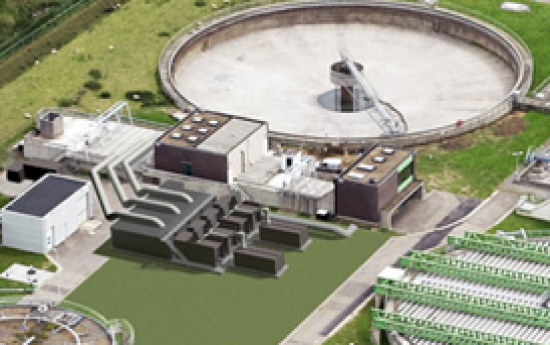
Urban water issues are becoming increasingly complex in the face of a growing population and a more volatile climate with extreme weather conditions; from freak downpours to extreme droughts. In order to safeguard public health and a sustainable environment for the future, good management of the wastewater chain in tandem with the ground- and surface water system is essential. This should result in a resilient system that has the capacity to cope with extreme events; a system that is robust, reliable and therefore predictable. An outcome in which the sanitation system becomes a source of water, raw materials and energy, and not simply of waste.
SAWA – Digital Twin Water-Smart Wastewater Management
Our SAWA (Digital Twin Water-Smart Wastewater Management) Optioneering Tool makes this kind of management possible, by setting the OSW approach (Optimisation Study Wastewater System) in a broader systems perspective. This enables us to accurately depict the relationship between the various system components, such as the wastewater chain, the surface water drainage system, and the ground- and surface water system. We do this by using sensors and models. We translate the resulting insights into options for courses of action and measures for the water chain.
SAWA makes it easy for the operator to carry out near real-time tests, in what-if scenario studies, of the mutual optimisations per sewer, pumping station, rainwater storage and settlement basin, wastewater transport pumping station, and pressure pipeline. This enables us to achieve substantial cost reductions in construction and maintenance. The uniquely vast computational power makes it possible to share knowledge in an interactive way, for example, with operators, managers, administrators and residents.
A Blueprint and a Proof of Concept clearly demonstrate the capabilities of this approach, in which we combine a Digital Twin of the infrastructure with our ARGUS and diTAM tools for data management and asset management, respectively.